The Benefits of Overcoating Tiles with Epoxy
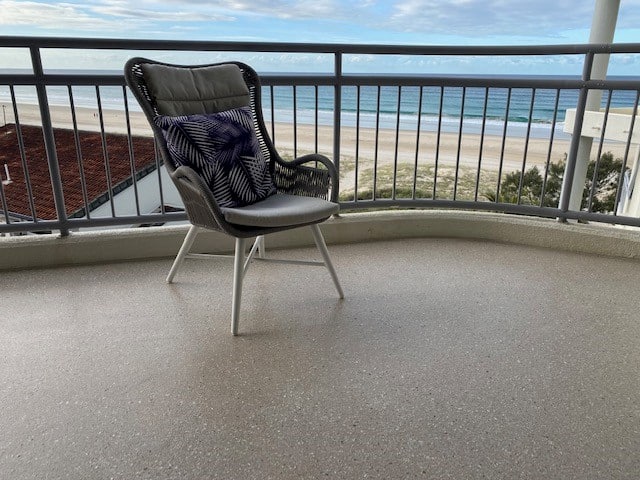
Tiles as an indoor and outdoor flooring finish can look great - until they don’t. Then what’s left is an expensive job to remove and reapply them.
Once the darling of flooring finishes and known for their quality, reasonable ease to clean, and their style, tiles now compete with epoxy resin for these same reasons. Tiles can be made from various substances, including stone, metal and glass, but most are clay based, and can be used indoors and outdoors with a textured finish to allow for slip resistance.
What many people don’t realise is that overcoating tiles with epoxy resin can allow you to breathe new life into your residential, commercial or industrial tiled areas to create an instant and fresh new look. However, not all tiles can be overcoated, and there are a number of factors that need to be taken into consideration before attempting overcoating tiles with epoxy.
Why overcoat tiles with epoxy?
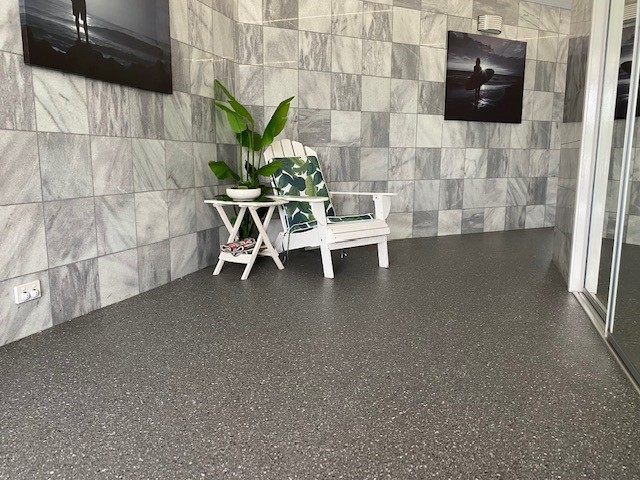
Many clients want to overcoat their tiles for the following reasons:
- Grout has worn and/or discoloured
- Tiles are too slippery
- Tiles have become unsightly
- Tiles were not originally sealed and harbour dirt and grime, and are now impossible to clean due to the penetration
- To create a unified and seamless floor, easier to keep clean with a regulated slip resistance
Ease of cleaning has been the biggest benefit of overcoating tiles with epoxy, based on feedback from customers who have gone through the epoxy tile overcoating process. The grout lines are gone and the floor is free flowing and seamless. The slip resistance is hand scattered, which targets higher traffic areas and gives added safety and assurance under foot.
The colour choice made can help your area feel more alive, with the products used being mostly high gloss and semi-reflective so that light bounces and your floor is vibrant.
What to be mindful of…
When overcoating tiles with epoxy, how the tiles were laid, glue used and what they’re applied to are all important areas for an assessment of an epoxy overlay. Epoxy coatings are mostly inflexible so if there is any movement, the coating can split.
If the tiles are applied to concrete, this is favourable. If they’re applied to fibre cement sheeting, this adds a layer of complexity as to whether it can work or not in the long term. The risks need to be detailed for everyone to see and assess before choosing overcoat. This latter point mostly relates to substrate movement and as already mentioned, what the movement can do to a coating.
If the area has gone through numerous seasons, i.e. years of winters and summers where the substrate has undergone the expansion and contraction phase multiple times, it can give a better indication of stability, as opposed to an area that is new and has not gone through the cycles.
So, can all tiles be overcoated with epoxy?
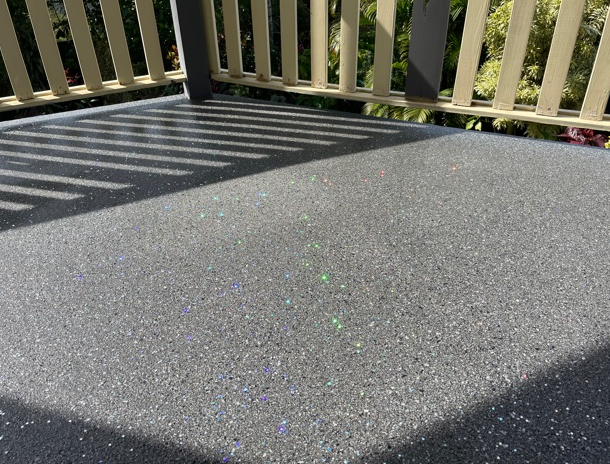
Can all tiles be overcoated with epoxy? The short answer is no, and here is why:
- Epoxy over substrates other than concrete requires special consideration. The need is for the tiles to be well stuck to – hopefully - concrete. This is the soundest base.
- Some of the tiles may be loose or drummy, so they must be checked. This can be done with the ‘knock’ test and by dragging a heavy chain and listening to the sound.
- The preparation process may include diamond grinding, which can further result in damaging or popping tiles.
- The drummy tiles and damage need to be repaired before overcoating can take place.
The general rule is up to 10% of the tiles can have issues. If over this, a discussion will need to be had about ripping up the tiles completely, grinding underneath and starting again. While this isn’t ideal, it can save a host of issues including movement and, ultimately, failure.
When overcoating tiles with epoxy, we also need to consider some other factors:
- How the tiles were laid, can impact the level of work involved with your desired finish. For example, if tiles are uneven, more product and preparation are required to eliminate the visual aspect of a protruding tile. Keep in mind that grinding down a tile too far can cause it to shatter
- Epoxy finishes offered are limited. As nice as metallic finishes are, offering this as an option over tiles can be a huge risk. The product, typically with metallic resins, is self-levelling and the surface needs to have a good level of flatness
- The grout lines themselves can harbour impurities making it a repellent that the epoxy won’t stick to. Knowing the history of the floor can help ascertain if your floor is a good candidate for overcoating. This can be particularly relevant in commercial flooring such as kitchens and food preparation areas where floor contamination can be present
Further considerations
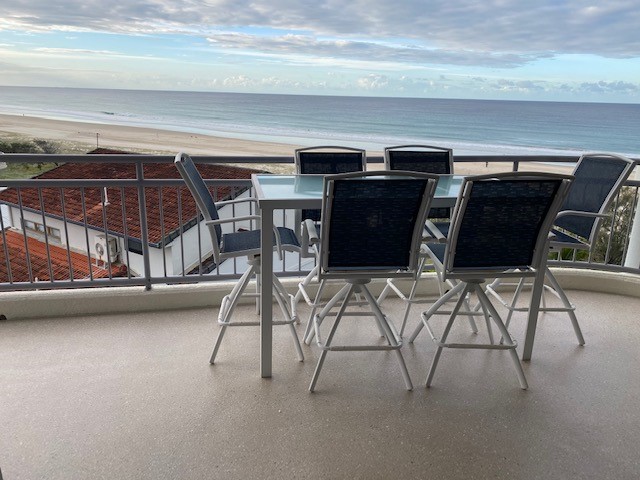
Longevity and Maintenance
If you look after your health, you’ll generally life longer and with greater enjoyment. The same applies to tiled floors that have been overcoated with epoxy resin. They are NOT maintenance free. Depending on the system used and slip resistance added, most projects will require a simple hot water detergent mop every 2-4 weeks, depending on the usage and whether indoor or outdoor.
If anything spills onto the floor, clean it up immediately. Some systems have light chemical resistance and as with all resins, not all epoxies are created equal. We can discuss this with you further when consulting on your job.
Safety
With tiles, the consideration is mostly aesthetic. There is little consideration given to the slip resistance, porosity (if they’re sealed or not) and cleaning required to keep them at their best.
Considerations for slip resistance can be measured by the environment a floor is in. First, determine if it’s internal or external, then if it’s near any wet areas such as pools, bathrooms, laundries etc. Also, consider the traffic going across the floor, and propensity for tripping and slipping, based on age and any disabilities you might need to cater for.
We take the time to consider each project from every angle. The aesthetic is merely one of these angles. For example – we encourage our customers to share details of all the potential activities that could take place on the floor so that we can assess all technical and safety considerations.
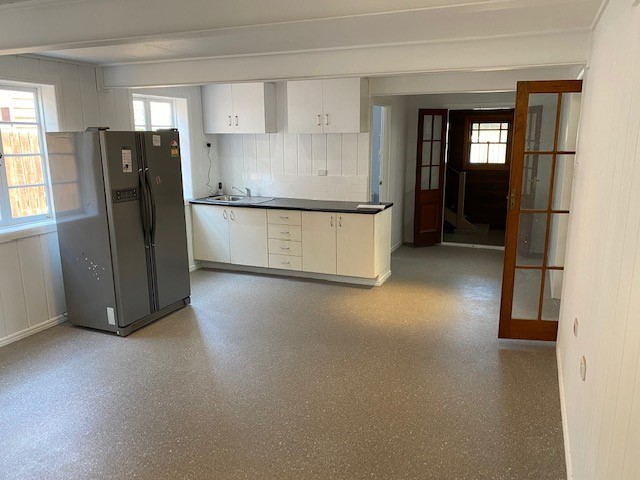
See our work and get a quote
To find out more about the systems we use to overcoat tiles, see examples of our work, and get a quote for your project, contact us today. We’re always happy to help and give advice on the best flooring options for your internal and external areas.
Tough Floors service areas include Brisbane and nearby areas. The boundaries are Noosa North Shore, Tewantin, Eumundi, Yandina, Palmwoods, Sippy Downs, then through Brisbane to as far as Gatton only, Beaudesert, Burleigh Heads, Kingscliff, Brunswick Heads to Byron Bay.

